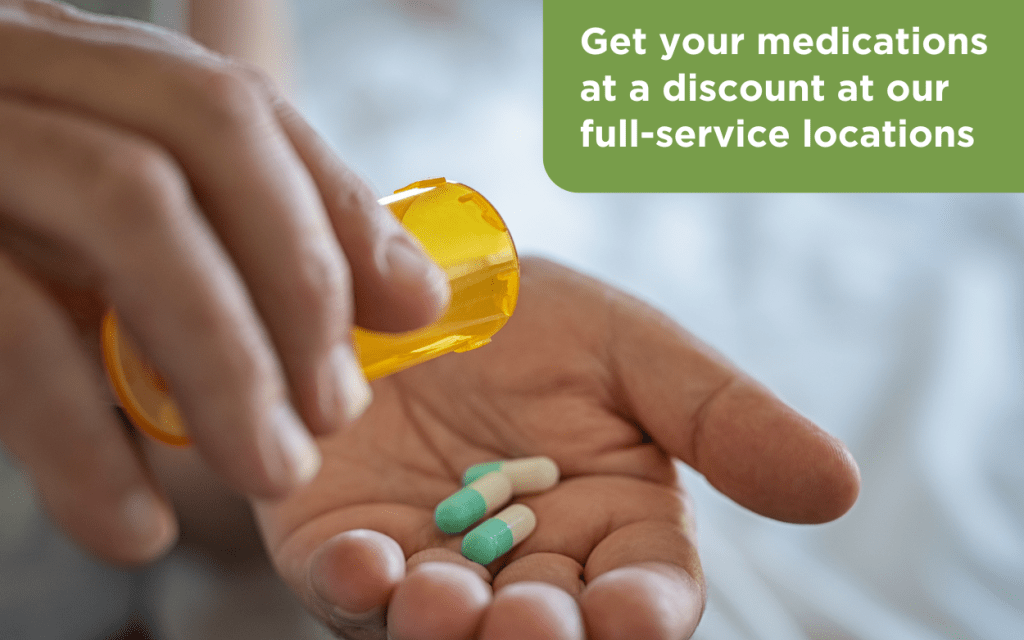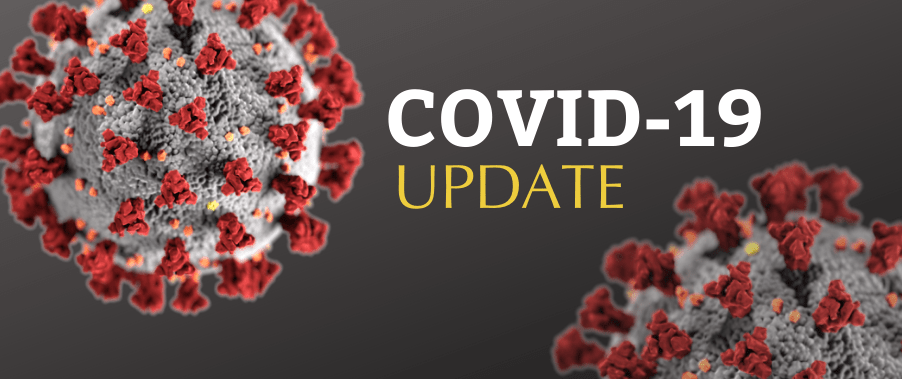Exposure
Self-quarantine if you are a “close contact” with a confirmed case, as follows:
- You have been longer than 10 consecutive minutes within 6 feet of a person with confirmed COVID-19 OR who is being tested for COVID-19 due to symptoms and exposure.
- You have had with the person’s respiratory secretions (for example, you’ve been coughed or sneezed on; kissed or hugged; shared drink, food, towels, or other personal items).
- You live with the person OR have stayed overnight for at least one night in a house with the person.
You must quarantine for 14 days if you have been notified that you are a close contact of a laboratory confirmed case of COVID-19.
Awaiting Test Results
An Amberwell health professional will call with test results within 48-72 hours.
Do I have to isolate while waiting for test results from Amberwell Health?
- If you are being tested for COVID-19 because you are suspected of having the disease due to your symptoms, travel-related exposure, or exposure to a known case:
You WILL need to be in isolation until test results are received. - If you are being tested for a purpose other than symptoms or exposure:
Check with your healthcare provider for quarantine or isolation guidance.
How do I self-quarantine?
- Stay home and separate from non-household members for 14 days.
- Do not go to work. Do not go to school. Do not go to the store. Do not go visit friends.
- You may go outside if you remain on your own property and do not come in contact with non-household members.
- If you become ill and need non-emergency medical attention, call your primary care provider.
- IF YOU HAVE A MEDICAL EMERGENCY, CALL 911. Notify the dispatch personnel that you have COVID-19. If possible, put on a facemask before emergency medical services arrive.
Is isolation different than quarantine?
Yes. During isolation, you are not only staying home, you are distancing yourself from household members in separate areas of your home if at all possible.
Can I get tested due to exposure if I do not have any symptoms?
Please call our COVID hotline at 913-360-6700 to discuss testing after exposure.
Isolation Guidelines and Tips
Isolate at home.
- Stay home unless there is an emergency or to get medical care.
- Avoid one-on-one interaction within 6-feet of other household members and pets.
- Stay in a different room from others and use a separate bathroom, if possible.
Monitor your symptoms.
- Watch for fever, cough, or trouble breathing.
- If you become ill and need non-emergency medical attention, call your primary care provider.
- Before you seek care, tell your primary care provider that you have COVID-19.
- Use a facemask when you go to the healthcare facility.
Follow isolation guidelines.
- Cover your coughs and sneezes and keep your hands clean.
- Clean all “high-touch” surfaces every day.
- Make sure you have supplies and support.
- Don’t share personal household items, like cups, towels, and utensils.
- Wear a mask when around other people, if you are able to.
- Stay connected virtually.
Watch for a call from a public health official.
- You may receive a call from the KDHE or the local health department with further details, but follow isolation guidelines regardless of whether you receive a call.
- The call may come from a 785 number that you do not recognize.
- Be sure to answer all phone calls while you are waiting for the call.
- Be sure you have your voicemail set up and that it is not full.
Getting out of Isolation
When can I get out of isolation?
- 10 days from the onset of symptoms
- OR 72 hours after fever is gone (without the use of fever-reducing medication) AND there has been a significant improvement in other symptoms.
- WHICHEVER IS LONGER.
- If you do not develop symptoms, isolation ends 10 days after the positive test result.
How do I get a release to return to work?
Call the county health department to get a work release letter for your employer.
Click here to download a pdf of the above information.



